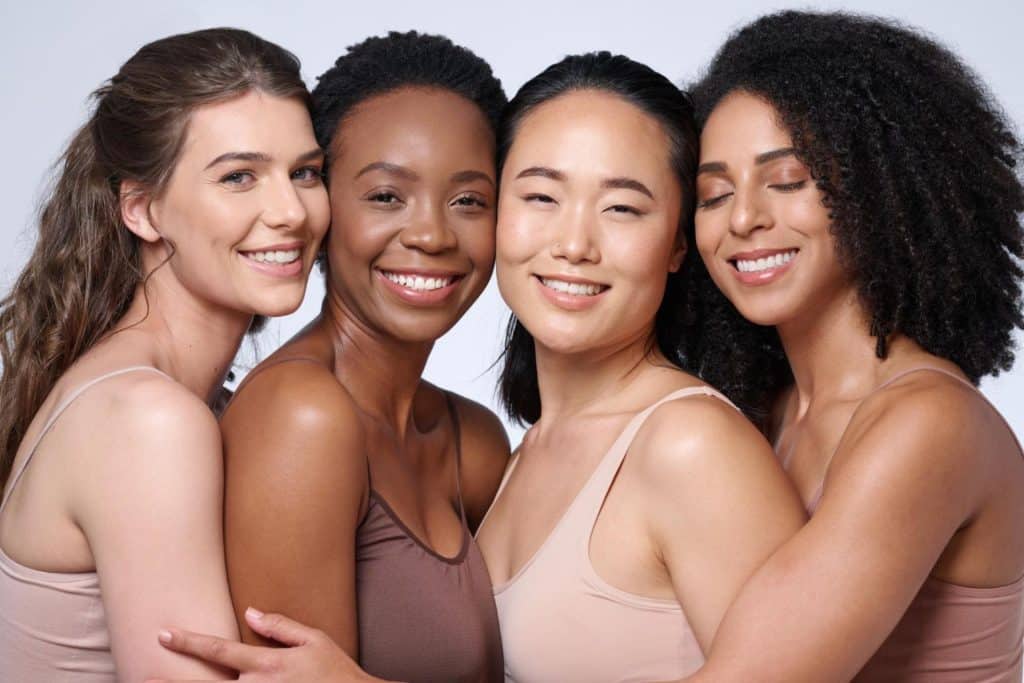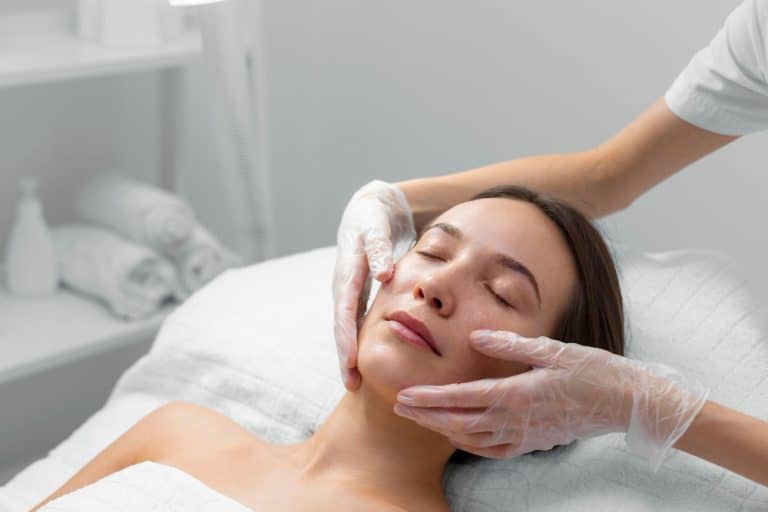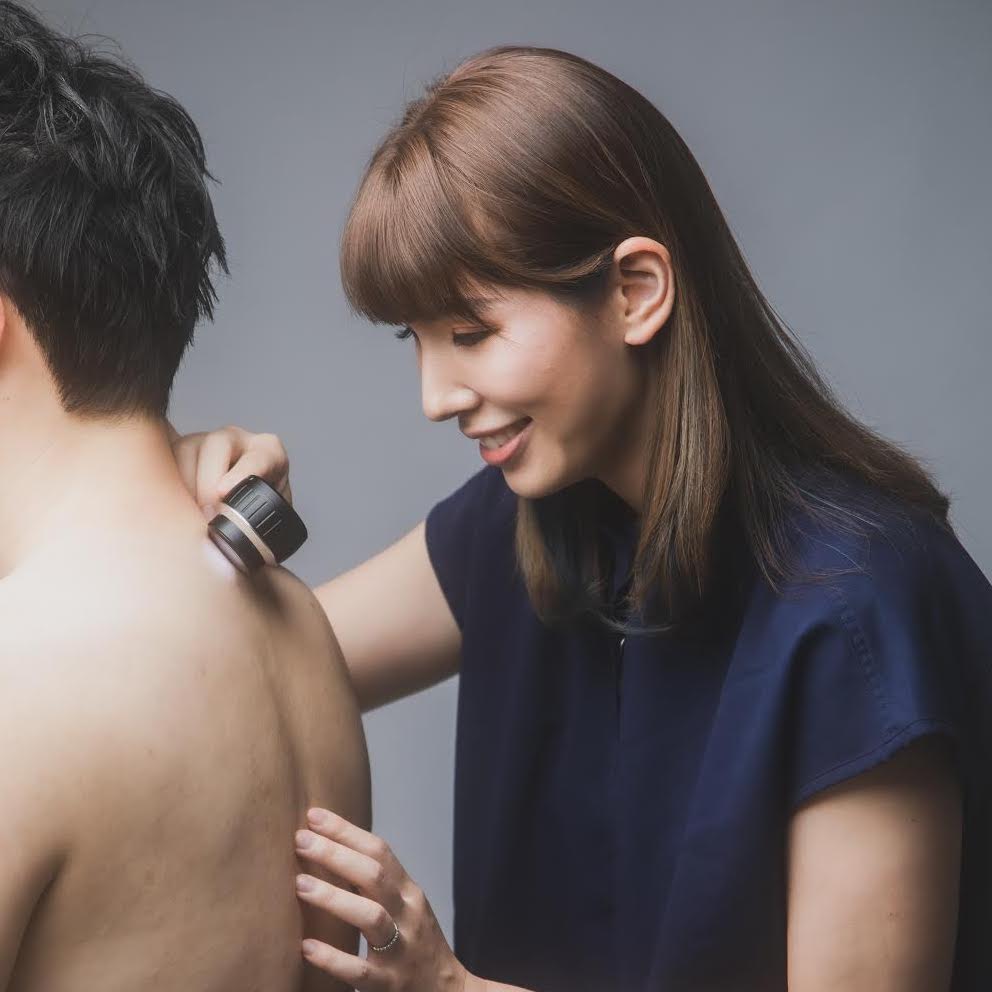Skin cancer is commonly associated with fair-skinned individuals, but it can affect people of all skin tones. While lighter skin types have a higher overall risk, those with darker skin tones often experience delayed diagnosis, leading to worse outcomes.
At ISO Skin Cancer Clinic, we emphasise the importance of sun protection for everyone, regardless of skin colour. This article explores how skin tone influences skin cancer risk, common misconceptions, and essential prevention strategies.
How Skin Tone Affects Skin Cancer Risk
1. The Role of Melanin
Melanin is a natural pigment that gives skin its colour and provides some UV protection. Individuals with darker skin tones (Fitzpatrick Types IV–VI) have more melanin, which absorbs and scatters UV rays more efficiently.
However, melanin does not offer complete protection, and skin cancer can still occur, often in unusual areas such as the soles of the feet, palms, and under nails.
2. Skin Cancer Risk by Fitzpatrick Skin Type
The Fitzpatrick Scale categorises skin tones based on sensitivity to UV exposure:
| Skin Type | Typical Features | Skin Cancer Risk |
|---|---|---|
| Type I | Very fair, freckles, always burns, never tans | Very high |
| Type II | Fair, usually burns, tans minimally | High |
| Type III | Light olive, sometimes burns, tans gradually | Moderate |
| Type IV | Medium skin, rarely burns, tans easily | Lower but still present |
| Type V | Dark skin, very rarely burns, tans well | Lower but not negligible |
| Type VI | Deeply pigmented, never burns | Lowest but still possible |
Darker skin provides some protection equivalent to SPF 13–15, but skin cancer is still a risk.
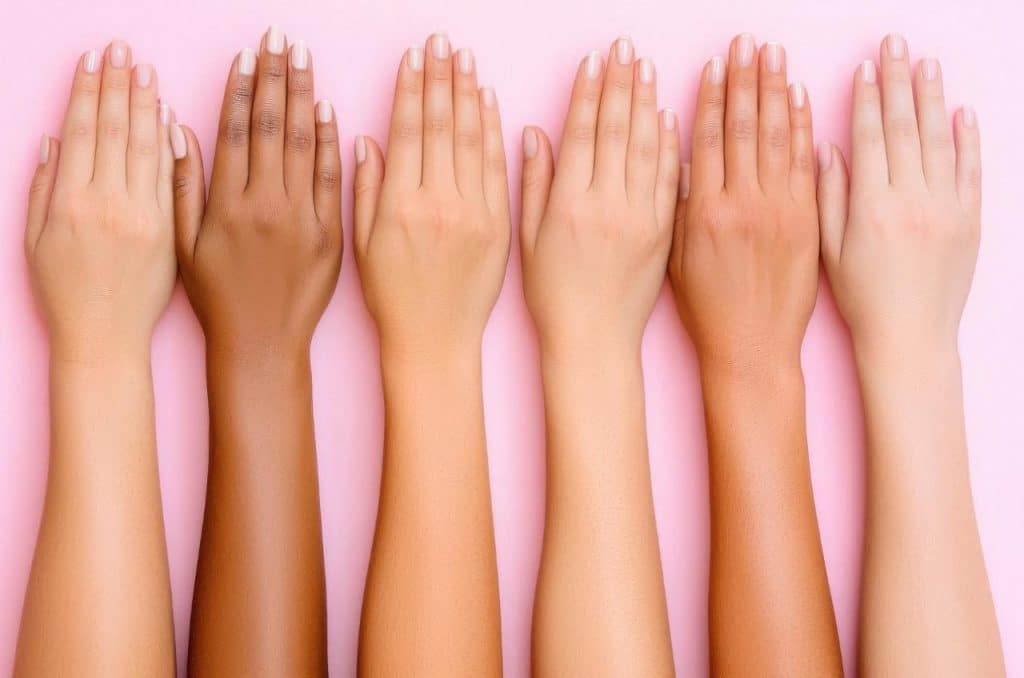
Misconceptions About Skin Cancer in Darker Skin
Myth 1: People with Dark Skin Can’t Get Skin Cancer
🔹 While fair-skinned individuals are at the highest risk, darker-skinned individuals can still develop skin cancer.
🔹 The 5-year melanoma survival rate is lower in Black patients (67%) compared to White patients (92%), due to delayed diagnosis.
Myth 2: Dark Skin Doesn’t Need Sunscreen
🔹 UVA rays penetrate deep into the skin, breaking down collagen and increasing skin cancer risk in all skin types.
🔹 Sunscreen is essential for preventing both cancer and premature ageing.
Myth 3: Skin Cancer Only Develops in Sun-Exposed Areas
🔹 In darker skin tones, melanoma often appears on the soles, palms, and nails (Acral Lentiginous Melanoma – ALM).
🔹 Since these areas are less exposed to sunlight, UV radiation is not the only cause. Genetic factors and trauma may contribute.
Common Skin Cancer Types Found in Different Ethnic Groups
1. Fair Skin (Fitzpatrick I–III) – Higher UV-Related Cancer Risk
✔️ Basal Cell Carcinoma (BCC) – Most common, appears as pearly bumps or pink patches.
✔️ Squamous Cell Carcinoma (SCC) – Red, scaly lesions that can metastasise if untreated.
✔️ Melanoma – Most dangerous, caused by intermittent intense sun exposure.
2. Medium to Dark Skin (Fitzpatrick IV–VI) – Hidden Cancer Risk
✔️ Acral Lentiginous Melanoma (ALM) – Found on soles, palms, and under nails.
✔️ Mucosal Melanoma – Develops in the mouth, nose, or genitals, often diagnosed late.
✔️ Squamous Cell Carcinoma (SCC) – Common in chronic wounds or scars.
🔹 Darker-skinned individuals are less likely to develop UV-related skin cancers, but their cancers tend to be diagnosed later and are more aggressive.
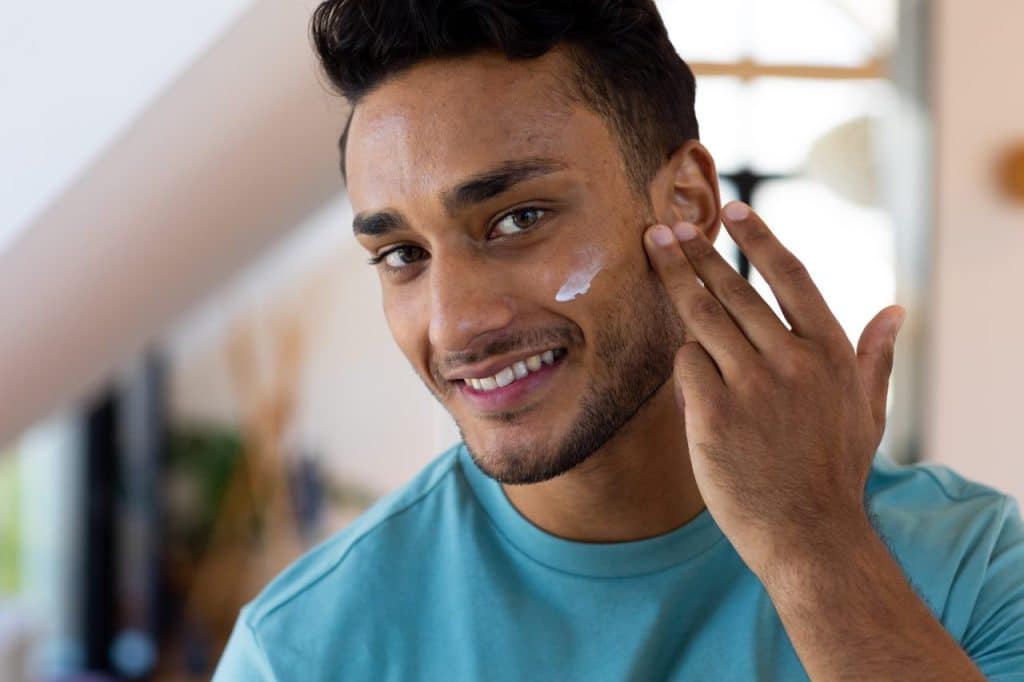
The Role of Sunscreen and UV Protection for All Skin Tones
1. Why Sunscreen is Important for Darker Skin
✔️ Prevents DNA damage that leads to skin cancer.
✔️ Reduces hyperpigmentation – Melanin overproduces pigment in response to inflammation.
✔️ Protects against visible light and infrared radiation (contributing to premature ageing).
2. Choosing the Right Sunscreen for Your Skin Type
✔️ SPF 30+ broad-spectrum sunscreen protects against UVA and UVB.
✔️ Iron oxide-based tinted sunscreens help block visible light, preventing pigmentation.
✔️ Mineral sunscreens (zinc oxide & titanium dioxide) are best for sensitive skin.
3. Sunscreen Application Guidelines
✔️ Apply 15–20 minutes before sun exposure.
✔️ Reapply every 2 hours and after swimming or sweating.
✔️ Use at least one ounce (a shot glass full) for full body coverage.
Skin Cancer Prevention Tips for Every Skin Type
1. Wear Protective Clothing
✔️ UV-blocking fabrics with UPF 50+ provide extra protection.
✔️ Hats and sunglasses shield sensitive areas from UV exposure.
2. Avoid Tanning Beds
✔️ Tanning beds increase melanoma risk by 75% for people under 35.
3. Monitor Skin Changes and Get Regular Skin Checks
✔️ Check your skin monthly using the ABCDE rule (Asymmetry, Border, Colour, Diameter, Evolving).
✔️ Visit a dermatologist annually for a full-body skin exam.
4. Use Antioxidant-Rich Skincare
✔️ Vitamin C, Niacinamide, and Polypodium Leucotomos can help prevent UV-induced skin damage.
Conclusion: Skin Cancer Affects Everyone
💡 No skin tone is immune to skin cancer. While melanin provides some protection, it does not eliminate risk, and cancers in darker skin tones tend to be diagnosed later and have worse outcomes.
✔️ Sunscreen is essential for all skin types.
✔️ Regular skin checks save lives.
✔️ Protecting your skin from UV exposure is key to reducing skin cancer risk.
📢 Book your skin cancer screening today at ISO Skin Cancer Clinic! Early detection can save your life.

